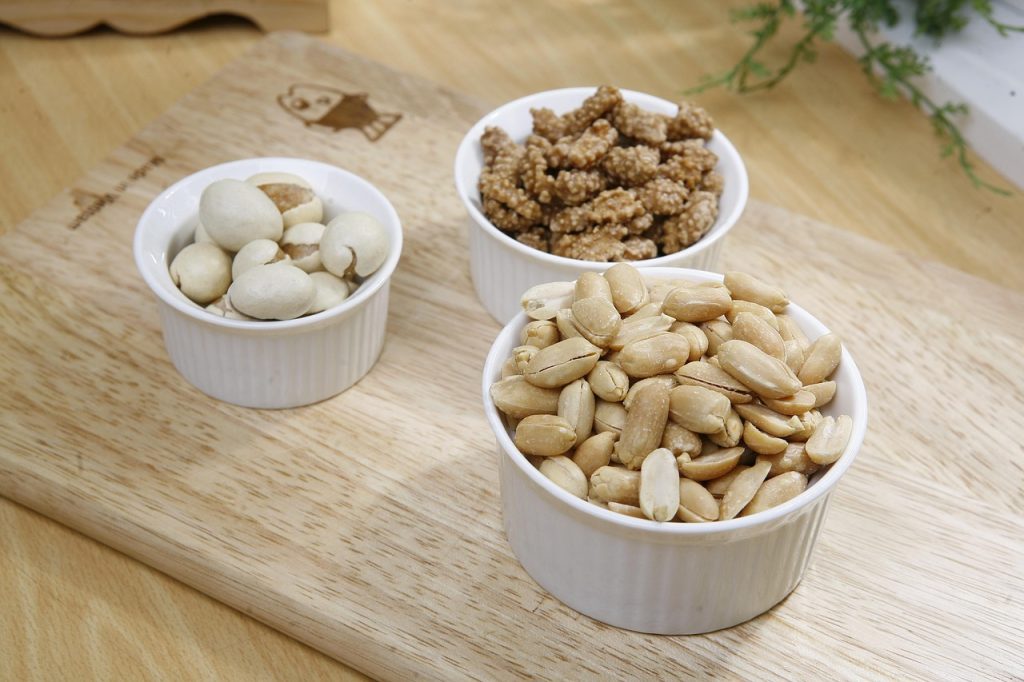In a quest that marries culinary innovation with scientific ingenuity, researchers at the University of Georgia are embarking on a groundbreaking journey to create a new breed of peanut. Funded by Mars, the confectionery giant famed for its iconic M&M’s, this endeavor aims to engineer a peanut that not only withstands the challenges of a changing climate but also offers enhanced qualities for our palates as reported by The New York Times. This initiative underscores the intersection of agriculture and technology, highlighting the ever-evolving demands of the food industry.
Peanuts, often overshadowed by their more glamorous nutty counterparts, are now positioned at the forefront of agricultural research. The mission? To design a peanut that boasts resilience and taste, ensuring it can thrive under unpredictable weather conditions. This pursuit is not merely about adaptation; it’s about crafting a superior product that meets the modern-day requirements of flavor, sustainability, and nutrition. In an era where food security and climate change are paramount, this project echoes larger global concerns.
The collaboration between a major candy corporation and academic researchers signals a new era of food innovation. Mars’s investment in the future of peanuts reveals the significance of securing stable supplies of raw materials essential for their products. But it’s not just about maintaining confectionery production; it’s about pushing the boundaries of what we can expect from agricultural produce. This research could set a precedent, influencing how we cultivate other crops as well, potentially revolutionizing the agricultural landscape.
As this endeavor unfolds, it prompts a reflection on the role of genetic design in food production. Can the fusion of science and nature yield a peanut that satisfies both environmental and consumer demands? The potential success of this project could pave the way for further advancements in food technology, challenging us to rethink how we approach agriculture in the face of climate change. What other culinary staples might benefit from such innovation, and what does this mean for the future of our food systems?


